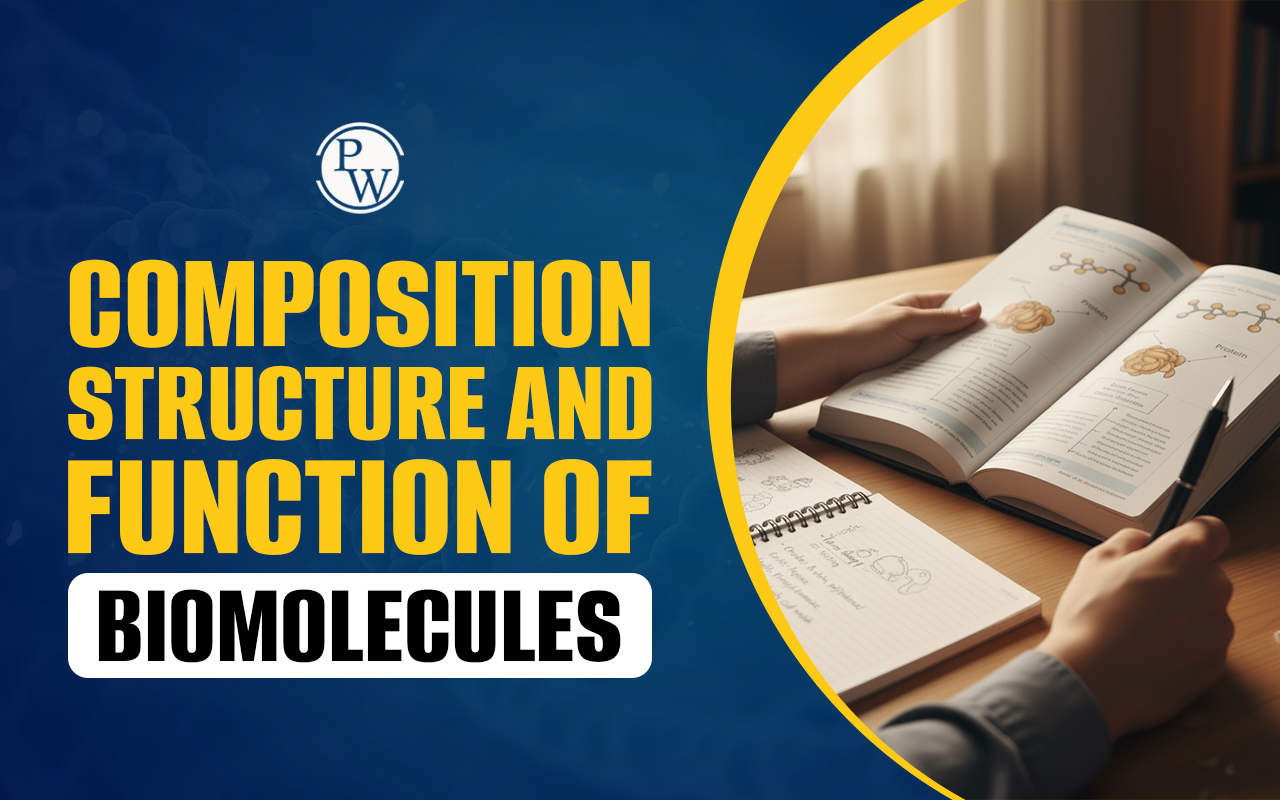
Beta Decay
Beta decay is a radioactive decay in which a proton in a nucleus is converted into a neutron or vice versa. Atoms emit a Beta particle through a process known as Beta Decay. Beta decay occurs when an atom has either too many protons or too many neutrons in its nucleus. Beta decay can occur in two ways, One type is positive beta decay it releases a positively charged beta particle called a positron, and a neutrino, whereas the other type is negative beta decay which releases a negatively charged beta particle called an electron, and an antineutrino. The neutrino and the antineutrino are high-energy elementary particles with little or no mass and are released in order to conserve energy during the decay process.“ Beta Decay is a radioactive disintegration in which unstable atomic nuclei spontaneously dissipate excess energy and undergo a change of one unit of positive charge without any change in mass number. The processes involved in Beta Decay are electron emission, positron emission, and electron capture”.
Types of Beta Decay
There are two types of Beta decay which are:- Beta-positive decay or β +
- Beta-negative decay or β -
Beta-positive Decay or β +
- In a Beta-positive Decay orβ + , a proton is transformed into a neutron with a decrease in the atomic number of the radioactive element. Hence, there is a loss of proton and a gain of neutron inside the nucleus.
- The Beta-positive Decay process also produces a positron and a neutrino to maintain the law of conservation of charge.
- Positron is similar to electrons in all aspects but charges are different, positron is of positive charge and electron of negative charge.
- The behavior of a neutrino is similar to that of an antineutrino.
p = n + e + + ν
X Z A → Y Z-1 A + e + + ν

Beta-negative Decay or β -
- In a Beta-negative Decay orβ - , the neutron is transformed into a proton with an increase in the atomic number of the radioactive element. Where the proton is a positive charge and neutrons are neutral.
- In a Beta-negative Decay orβ - , the nucleus also produces an electron and an antineutrino to maintain the conservation of charge.
- The antimatter counterpart of neutrinos is known as antineutrino. They are neutral particles with negligible mass, so the interaction of these particles with other matter is so weak that the entire earth remains without being disturbed.
Electron Capture
Electron capture is a process during which a nucleus captures one of its atomic electrons resulting in the emission of a neutrinop + e - → n + ν
Examples of electron capture are:C 6 11 + e - → B 5 11 + ν
Fermi Theory of Beta Decay
According to Enrico Fermi’s proposed theory, the 4 fermions interact directly with one another at one vertex. This type of interaction takes place by coupling an electron with a neutron, a neutrino, and also a proton. Fermi carried forward these suggestions in his theory of beta decay. His theory is based on the fact that β-decay is similar to the situation where a proton is created at the time of nuclear de-excitation. He assumed that the interaction responsible for β-decay is very weak, so he went beyond the conventional theory to hypothesize a new force that was extremely weak in comparison to electromagnetism. So that perturbation of quantum mechanics can be applied. He used the result of Dirac’s time-dependent perturbation theory.Application of Beta Decay
Radionuclide therapy (RNT) or radiotherapy is a treatment for cancer that involves Beta Decay.Gamma Decay
Gamma decay is the emission of electromagnetic radiation of an extremely high frequency i.e., very high energy, giving out excess energy in order to stabilize the unstable nucleus. Gamma decay is the dropping of a nucleus from a higher energy level to a lower energy level through the emission of high-energy photons. The energy levels and transition energies in the atom are in the order of MeV. Thus, the gamma-ray emitted is also of very high energy of the order of MeV, just like x-rays.
Co 27 60 Ni 28 60 + e - + ν + γ + 1.17 MeV
Ni * 28 60 → Ni 28 60 + γ + 1.33 MeV
The path taken by Co 60 to move from an excited state to a non-excited state. The beta decay can leave it at either one of the two energy levels. The percentages mentioned next to the beta symbol is the probability of nuclei choosing either of the two paths. Beta decay is followed by gamma decay.Sources of Gamma Rays
They are produced from the hottest and most energetic objects in the universe, such as neutron stars and pulsars, supernova explosions, and regions around black holes. On Earth, gamma waves are generated by nuclear explosions, lightning, and the less dramatic activity of radioactive decay.Application of Gamma Rays
- Gamma-ray sensors are also used in the food packaging and chemical industry to measure density, thickness, and composition.
- Gamma rays are used to treat certain types of cancer where the high energy gamma beams are irradiated on the cancerous cells to kill them.
- Fermi Gamma-ray Space Telescope that provides an unparalleled view of the universe.














